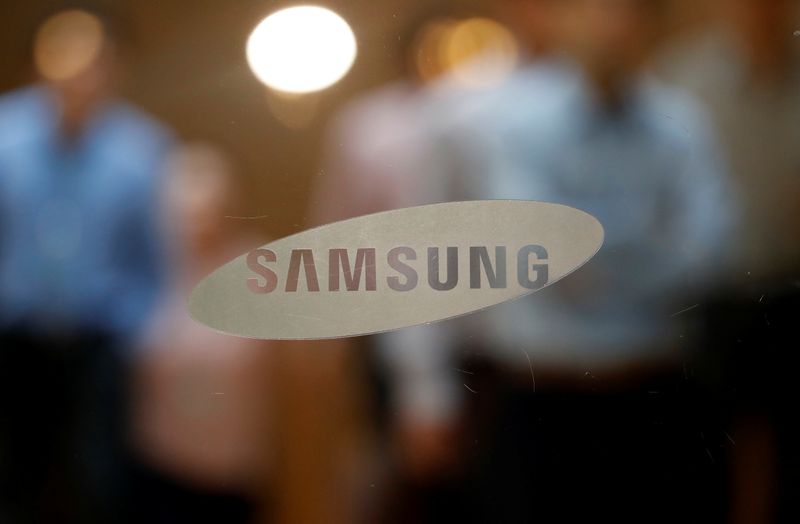By Joyce Lee and Heekyong Yang
SEOUL (Reuters) – Samsung Electronics Co Ltd on Thursday forecast solid demand for its chips this quarter and stronger mobile sales after bringing forward the launch of its flagship Galaxy S smartphone, along with a likely pick-up in M&A activity.
The world’s top maker of memory chips warned, however, that a stronger currency and costs related to new chip production would lead to a weaker profit result, after posting a 26% jump in operating profit in the fourth quarter.
Samsung shares fell 1.5% in early trade on growing market jiters about an equity market bubble, despite the announcement of a one-time special cash dividend of 10.7 trillion won ($9.60 billion) due to stronger than expected cash flow.
“The level of cash increase during the last three years was mainly because we could not execute meaningful M&A activities,” chief financial officer Choi Yoon-ho told a telephone briefing.
“M&A activity of a meaningful size is likely in the next three years,” he added.
Analysts said Samsung will seek to secure future technology through a potential M&A, such as in future cars.
“Given that the coming era likely cannot be differentiated by smartphones, securing technology that can be adopted in future cars seems likely,” said Greg Roh, head of research centre at Hyundai Motor Securities.
Samsung has benefited from the stay-at-home trend during the global pandemic that has buoyed demand for home appliacnes and smartphones.
Investors have pushed the stock up around 60% since September, partly on a bullish outlook for its chip contract manufacturing business, due to chip shortages and limited manufacturing capacity.
The jump in operating profit in the October-December quarter came as strong memory chip shipments and display profits offset a strong won, the cost of a new chip production line, weaker memory chip prices, and a quarter-on-quarter drop in smartphone shipments.
The South Korean currency rose about 7% against the dollar in the three months to December. A stronger won erodes the value of overseas sales for South Korean companies.
DRAM RECOVERY
While similar currency conditions are expected in the short-term, the market for DRAM chips that go into devices is expected to recover during the first half of 2021 from mobile and server clients’ demand, Samsung said.
“DRAM prices are expected to rise much higher than expected in Q1, as server customers run out of inventory they stockpiled when COVID-19 first broke out in first half of last year, and start buying again,” said Park Sung-soon, an analyst at Cape Investment & Securities.
Samsung’s capital expenditure in 2020 reached 38.5 trillion won, including 32.9 trillion won on semiconductors. Investment in chip contract manufacturing jumped as the company expanded a production facility. Memory chips saw significant spending growth for capacity expansion and advanced process, it said.
Samsung’s fourth-quarter operating profit rose to 9.05 trillion won ($8.17 billion), from 7.2 trillion won a year earlier, in line with the company’s estimate earlier this month.
Revenue at the world’s top maker of memory chips and smartphones rose 3% to 61.6 trillion won. Net profit rose 26% to 6.6 trillion won.
Samsung’s display unit reported its highest-ever profit in the December quarter, as supplying panels for Apple’s new iPhone kept its OLED production near 100% of capacity during the quarter.
Samsung announced a three-year shareholder return policy that will increase regular dividend to an annual total of 9.8 trillion won for 2021-2023.
It will continue to pay out 50% of the free cash flow (FCF) generated in the period, as in the previous three years.
(Reporting by Joyce Lee and Heekyong Yang; Editing by Richard Pullin)





